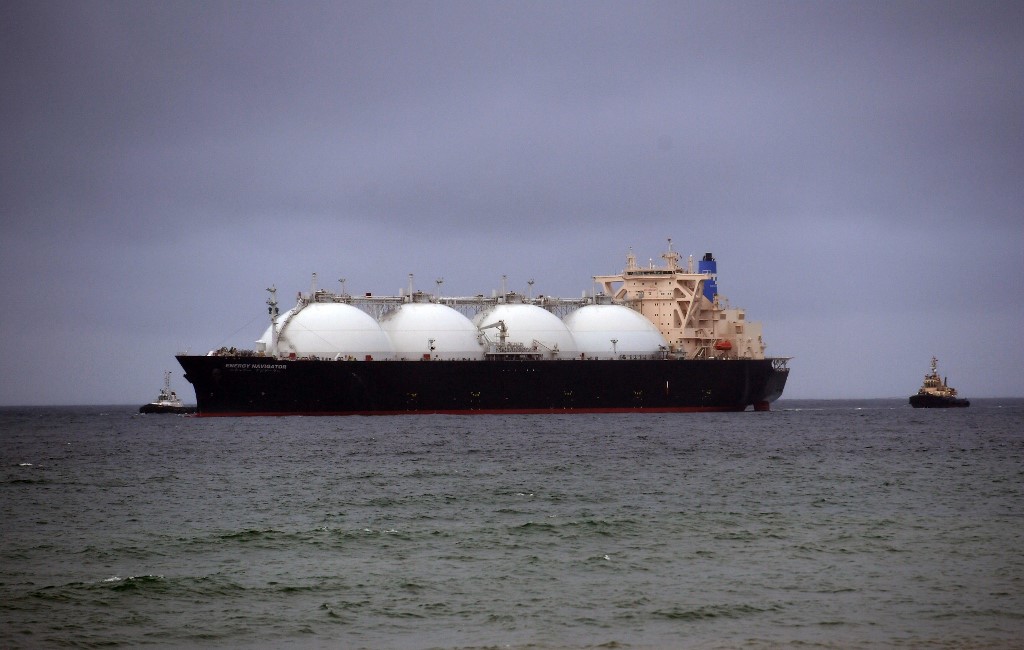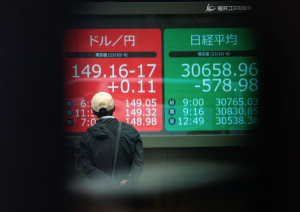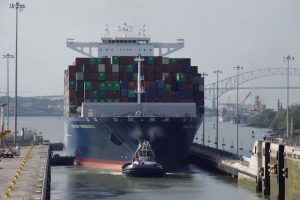Japan is working on different ways to cut shipping emissions, with Yokohama port focusing on LNG bunkering and LNG-fueled ships, while Japan’s transportation ministry has proposed subsidizing the research and development of hydrogen and ammonia-fueled vessels
(AF) Japan is still keen on using liquefied natural gas (LNG) to help it reach its carbon emissions goals. Its most recent move came earlier last week when the Yokohama port pressed ahead with plans to start LNG bunkering operations by reaching a deal with Tokyo-based NYK Line, cruise-ship operator NYK Cruises and joint venture Ecobunker Shipping.
The port will be able to receive LNG-fueled ships from these companies and carry out LNG bunkering operations by 2025, according to company releases.
Yokohama had already been working on setting up logistics for LNG bunkering operations for ships enroute from the Pacific to North America. Later this year, Ecobunker Shipping is slated to launch the LNG bunkering vessel Ecobunker Tokyo Bay. For now, port entry fees are being waived for all LNG-fueled ships and LNG bunkering vessels to help encourage LNG usage as a marine fuel.
Yokohama port’s move to become an LNG bunkering hub comes amid a major pivot to reduce carbon emissions in the global shipping sector by replacing heavily polluting marine bunker fuel, Heavy Fuel Oil (HFO), with cleaner burning LNG, the least carbon-emission-intensive fossil fuel.
The number of ships fueled by LNG globally is expected to more than double by 2030, driven by the shipping industry’s desire to cut emissions, a senior executive at Malaysian state-run oil and gas major Petronas said in September.
Currently, less than 400 out of a total of more than 80,000 registered ships run on LNG. This number could increase to 1,000 vessels globally by 2030. Compared to HFO, LNG usage reduces sulphur emissions by 99%, as well as 80% for nitrogen oxides, and also up to 20% for carbon dioxide.
LNG marine fuel pushback
However, as a major global decarbonization push gains tremendous momentum and political focus, particularly in Europe, the ongoing global pivot to use LNG as shipping fuel has increasingly come under fire over the past year.
Two weeks ago, a coalition of EU-based NGOs called on the European Commission to “explicitly exclude” biofuels and natural gas from a new clean marine fuel initiative, advocating for investment in electricity-based fuels instead.
On the corporate level, Swedish warehousing major Ikea said that it’s not fazed by the many orders for LNG-powered vessels placed by both shipping companies and tonnage owners in recent months.
“LNG is not the way to go for the shipping industry if it plans to achieve its announced CO2 reduction targets,” the company said.
Ammonia/hydrogen alternatives
Yokohama’s LNG pivot also comes as Japan raises the bar even more, by building out its hydrogen sector.
Japan’s transportation ministry two weeks ago proposed subsidizing the research and development of hydrogen and ammonia-fueled vessels by tapping part of Tokyo’s ¥2 trillion ($18 billion) green innovation fund to help it reach its 2050 net zero emissions goal.
The subsidy should help the international competitiveness for Japanese shipbuilders and ship equipment producers, while also promoting the use of zero emission vessels by the start of the next decade.
Japan also aims to commercialize ammonia-powered ships around 2028 or earlier as its first general zero emission vessels, while also proposing to fund ammonia-fueled marine engines, ammonia storage and fueling systems for ships, ammonia refueling infrastructure and bunkering. These efforts are designed to coincide with target commercial ship launching.
Mitsui OSK Lines (MOL) has also announced plans to pivot to ammonia and hydrogen.
Last week, the legacy Japanese shipmaker said its accelerating efforts to build a global supply chain of cleaner marine energy using fuels such as hydrogen and ammonia as the world heads toward carbon neutrality by 2050. Ammonia for marine usage has an advantage over LNG as it contains no carbon, so can burn in an engine without emitting any carbon dioxide.
























